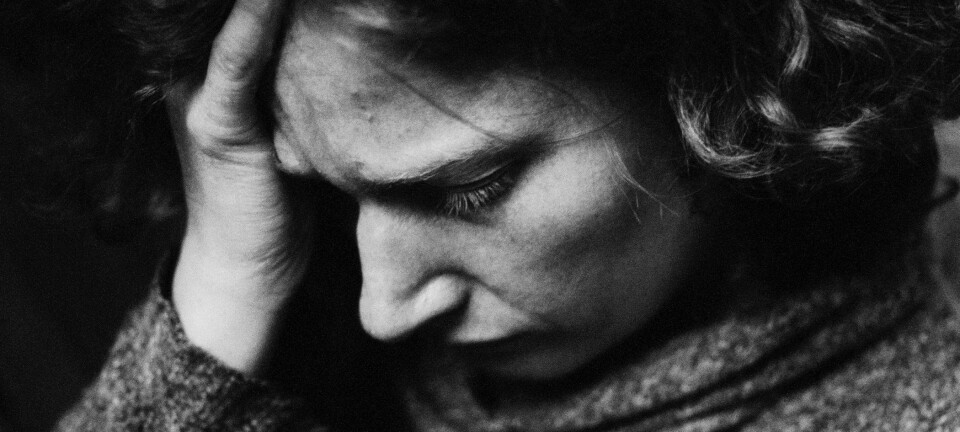
Copying parental suicides
Teenagers are at particular risk of committing suicide if one of their parents attempts it ‒ especially within the first couple of years.
It’s fair to say that a suicidal parent is a poor role model for his or her children. The risk of youth taking their lives increases significantly if they have parents who have attempted it or who are hospitalised with a psychiatric diagnosis.
Offspring are at particular risk during the first two years after a parent’s suicide attempt.
Swedish and Danish researchers at Karolinska Institutet and the University of Copenhagen are behind a new study on suicide. They investigated how long there is a chance of children copying a parent’s suicide and at what age the offspring are most vulnerable.
The researchers charted hospital admissions for mental illness and suicide attempts. They noted whether it was the mother or the father who attempted suicide and the impacts this had on a son or daughter.
Mother has strongest influence
Both sons and daughters bear a larger risk of attempting to take their own lives if their mother has tried to terminate hers.
Daughters are more likely to become suicidal than sons are if their mother is admitted to a hospital with a mental diagnosis.
“These finds illustrate how important mothers are as a role model and the strength of ties – especially among girls – to their mother,” write the researchers.
Teenagers in the risk zone
The researchers’ statistics showed adolescents are the age-group most affected by parental suicides, suicide attempts or hospitalization for psychiatric disorders.
The researchers point out that we are more impulsive and susceptible to emotional turmoil as adolescents. This makes it all the more important to take good care of teenagers after their mother or father attempts suicide.
With time the risk of offspring attempting suicide decreases.
The risk of a daughter with a suicidal parent aged 20 attempting suicide is triple that of a young woman the same age whose parents haven’t been suicidal.
By the time the daughter reaches 30, she only has a 40 percent higher risk.
Genetic factors
LEVE, the Norwegian Organisation for Suicide Survivors is well acquainted with the impact a parent’s actions or illness can have on their children.
General Manager Gry Lunde adds that genetic traits can be linked to an increased risk.
Usually a mixture of risk factors are at play.
“Some of the risk factors for suicidal behaviour are attributable to hereditary and social conditions which largely involve the parents ‒ either a mental illness, burdensome childhoods or a sudden loss of parents,” says Lunde.
Norway’s National Centre for Suicide Research and Prevention has a list of four situations which give rise to a risk of suicide attempts. One of them is the loss of a person close to you, which of course includes a parent.
The risk situations are:
- Loss of or break-up with a close relative or friend
- Victims of violence or psychological traumas
- Recently diagnosis of a serious somatic disease
- Social isolation
An aid in prevention
After studying who is most at risk of becoming suicidal, the researchers hope special initiatives for deterrence will be concentrated on risk groups.
In 2011, a total of 598 persons in Norway, with a population of 5 million people, took their own lives. This was an increase of 50 people against the previous year.
Three out of four suicides are by men and the most common age for suicides is 35-54 years.
----------------------------------
Read this article in Norwegian at forskning.no
Translated by: Glenn Ostling









